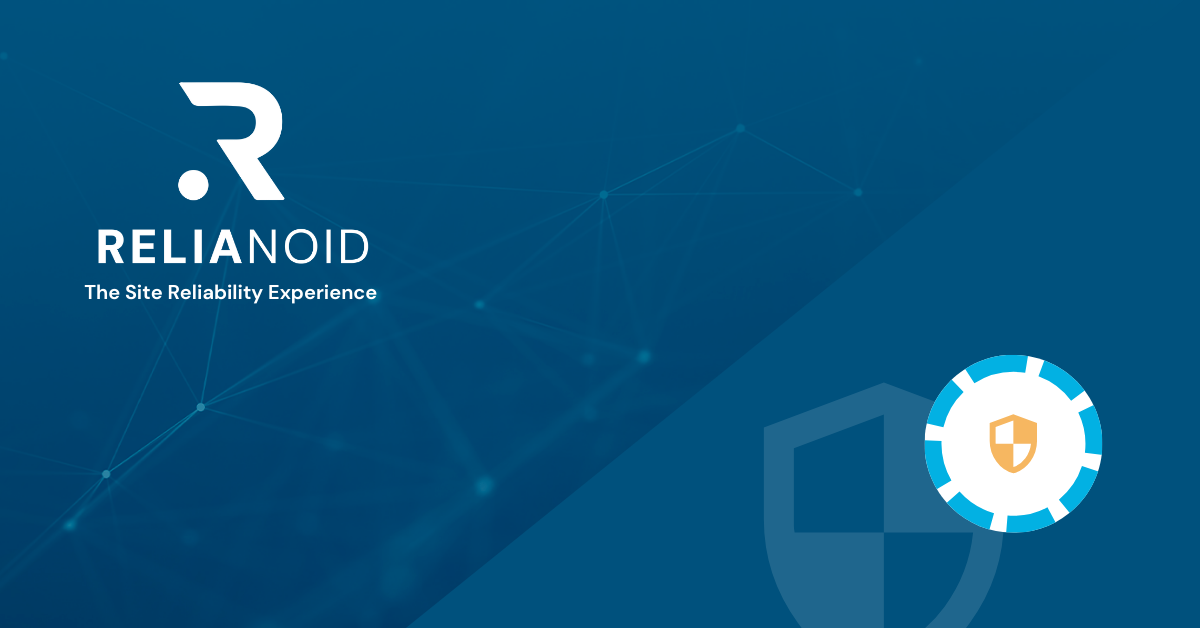Introduction
Growing cyber crimes in the industry have compelled businesses to focus on cybersecurity implementations in the organization. The evolving IT landscape strongly calls for dynamic business operations and systems that help embrace digital transformation. Considering these aspects and growing business requirements, organizations are adopting cloud technology. Cloud migration involves implementing highly advanced information security systems and application deployments that significantly impact the security landscape. It further requires establishing a security framework across the entire cloud infrastructure. So, businesses that plan to adopt Cloud technology and initiate cloud migration must understand its implications and process before opting for the technology. Explaining the technology we have shared the top 5 security considerations for safe cloud migration in our article. The below-given checklist is a framework for cloud security and ensures successful cloud migration.
Security controls
Adopting Cloud technology and cloud migration will require your organization to understand the complexity and the range of processes involved for its successful execution. This requires having relevant security control policies and procedures in place before migrating the IT Infrastructure to the cloud. For these reasons organizations need to have in place rules, regulations, compliance policies, and an effective security strategy to ensure the security of information across cloud environments. This is essential since most organizations face security lapses and breaches due to obsolete, and ineffective policies and cloud security controls. Implementing necessary measures and unified policy across the cloud environment will ensure secure migration to the cloud. Besides, having strong security measures for IT infrastructure prevents disruption and impact on cloud-based networks.
Bandwidth is Crucial
One of the key considerations in cloud migration is determining the bandwidth requirements of cloud-hosted applications. Businesses need to consider and understand the data flow for appropriate bandwidth requirements for the IT infrastructure. This is essential as it greatly impacts the organization’s security measures and performance required to ensure secure cloud migration. Cloud-hosted applications must meet performance requirements to prevent disruption and meet business application requirements. Inappropriate bandwidth will limit the potential benefits of cloud migration and also impact the security performance of solutions implemented for the IT infrastructure. So taking into consideration the bandwidth requirements before adopting cloud migration is essential. Organizations must evaluate their current application performance and improve it before initiating cloud migration.
Regulatory and Compliance Requirements
Another important consideration in cloud migration is identifying the applicable regulatory and compliance requirements. Organizations moving to the cloud, processing, storing, or transmitted between different cloud and physical network environments will have to meet various regulatory and compliance requirements. Besides, the regulatory and compliance requirements provide a clear roadmap for a secure IT infrastructure migration. So, having the right strategy in place for organizations to stay compliant and secure their Infrastructure. However, it is important to note that the regulatory and compliance strategy should be robust and flexible enough to adapt to the new requirements.
Application of Security Measures
Determining the security gaps in the current infrastructure and implementing the right security solutions is the key to successful cloud migration. Organizations must deploy security solutions for cloud-based business operations to strengthen the network and IT infrastructure. Mere installation of a firewall is not enough from a security standpoint and should include a comprehensive analysis of the current policies, procedures, processes, and security standards in place. Depending on the reports, the organization must implement security measures including Web Application Firewall, Two Factor Authentication, Cloud Access Securities, and such measures. The organization should also include implementing risk management, change management, business continuity, and disaster recovery plan security awareness and training programs for ensuring secure cloud deployment.
Lifecycle Management
Security solutions and programs implemented should be consistent across cloud environments. Seamless operations are critical for successful cloud migration. So, bringing inconsistency with security policies, provisions, and integration with central systems is needed. For these reasons, organizations must implement unified policy and deploy lifecycle management solutions to ensure consistency across the environment. Lifecycle management is the key to standardizing operations and security solutions. Organizations should consider implementing standards, and cloud connector technology for deployment across different cloud environments. This will ensure hassle-free business operation and successful cloud migration.
Conclusion
Cloud technology works wonders for organizations if implemented well. However, focusing on implementing appropriate security measures is crucial. Organizations must conduct a comprehensive analysis of their current systems and infrastructure to determine the security gaps and meet the requirements for successful cloud migration. This is when the above-mentioned security elements come into play. Considering the above security considerations will help build secure cloud Infrastructure and facilitate highly secure IT Infrastructure which is also ideal for an evolving digital landscape.
THANKS TO:
Lucy Jones





